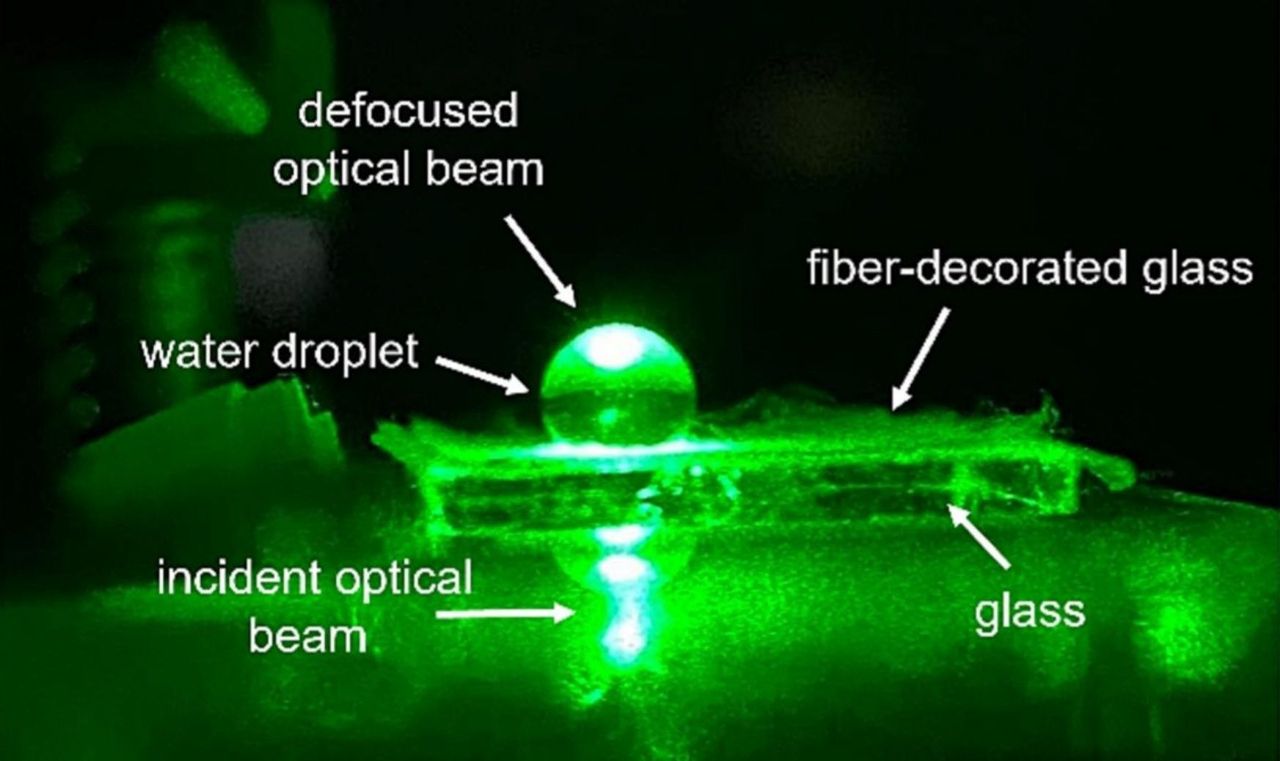
In a groundbreaking study, researchers have unveiled a remarkable use for Taal volcanic ash. The team is from Ateneo de Manila University and National University-Mall of Asia Campus. This abundant resource, often seen as waste following the 2020 eruption, can effectively shield against harmful radiation.
Taal volcanic ash (TVA) is rich in iron and other minerals. These natural properties make it a strong candidate for radiation attenuation. Radiation shielding is crucial in various industries, including healthcare and nuclear energy. It protects workers and patients from the damaging effects of ionizing radiation.
Currently, materials like concrete and lead are used for shielding, but they can be costly and harmful to the environment. The new findings suggest that TVA could serve as a sustainable and lightweight alternative. This discovery presents an innovative solution for managing volcanic ash, transforming a potential waste problem into a valuable resource.
The research team, led by Floyd Rey P. Plando, Myris V. Supnad, and Joel T. Maquiling, tested the physical and chemical properties of geopolymer mortar made from TVA. They found that volcanic ash combined with various aggregates enhances the material’s ability to block X-rays. It also improves its ability to block gamma rays.
“Iron has greater interaction power because it contains more electrons. It is also dense, making it efficient at blocking hazardous radiation,” explained Plando. Maquiling added that the mixture’s disorder at the microscopic level improves its ability to attenuate radiation.
This discovery could revolutionize radiation protection in hospitals, industrial facilities, and research environments. Furthermore, it highlights the potential benefits of utilizing locally sourced materials.
As the Philippines sits in a tectonically active region, volcanic materials are abundant. This research emphasizes the importance of finding practical applications for disaster waste. It not only promotes environmental sustainability but also enhances safety in crucial sectors.
Further studies are needed to assess the long-term durability and optimize the shielding effectiveness of TVA-based materials. However, this discovery shines a light on the transformative potential hidden within nature’s byproducts. Filipino researchers have demonstrated that, even in the aftermath of a natural disaster, innovation can lead to life-saving advancements.




